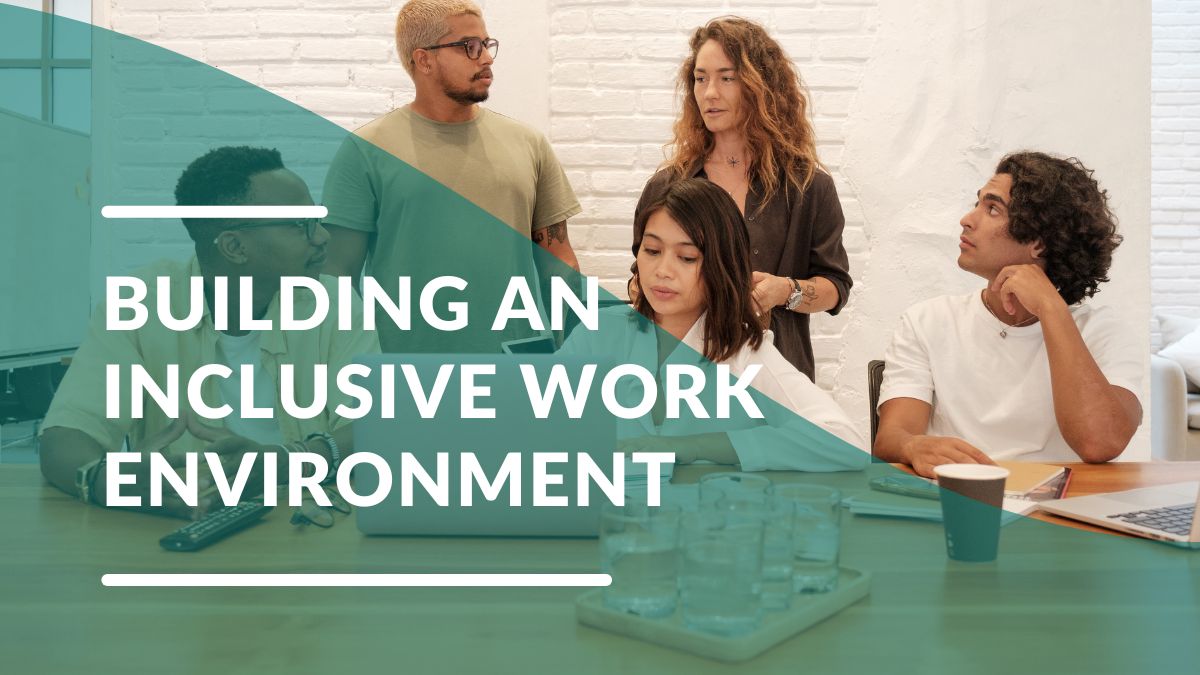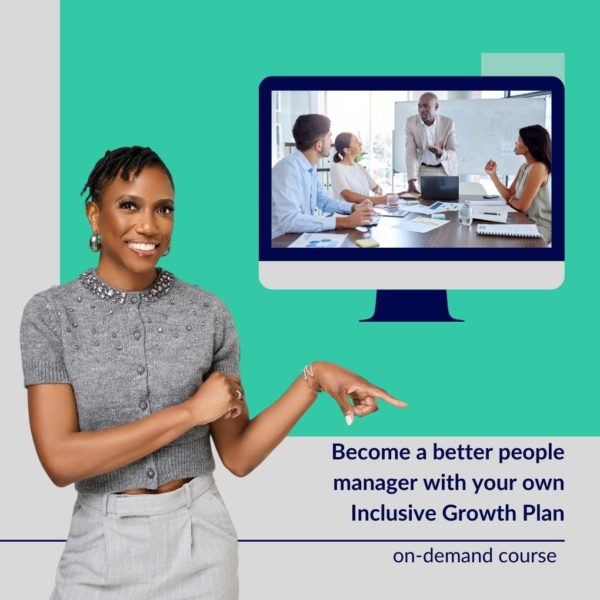In today’s diverse workforce, building an inclusive work environment is vital for organizations to thrive. An inclusive workplace culture ensures that all employees, regardless of their backgrounds, feel valued, respected, and included. And of course, being seen and heard is not just a ‘nice to have’ in the workplace, it is part of meeting our basic psychosocial needs as human beings. HR leaders and professionals, DEI VPs, and department heads play a crucial role in creating and nurturing such an environment.
A Case Study

In today’s evolving landscape, building an inclusive environment and effectively measuring belonging are fundamental. At High Tides Consulting, we believe in a responsive, hands-on, data-driven approach. This approach was recently showcased in our collaboration with a global non-profit think tank that is setting an example in their industry.
The think tank was poised to make a leap. They wanted to elevate their commitment to Diversity, Equity, and Inclusion (DEI), and to transition their anti-racism statement from mere words to a reality. Their mission was to operationalize their equity and belonging goals, truly embodying their commitment to an inclusive environment.
The Goals
To transform their ambition into action, we set out with a three-part plan. First, to comprehend the team’s experience of inclusion on an individual and collective level. Second, to leverage these insights to build an actionable roadmap for bolstering their advocacy. Finally, to gauge their progress over time, effectively measuring belonging and culture shifts.
Our bespoke program, designed to facilitate this transformation, hinged on five objectives crucial to building an inclusive environment:
- Diagnosing the existing team members’ DEI experiences and unearthing knowledge gaps.
- Encouraging dialogue about structural inequities, facilitating the co-creation of a team vision.
- Amplifying psychological safety, enabling critical, constructive conversations about DEI.
- Formulating an actionable strategy for external branding and communication, ensuring inclusivity.
- Instilling a data-oriented method for measuring the team’s cultural shifts and sense of belonging.
The Plan

A month of data collection kicked off our program. Through individual interviews and a custom engagement survey, we mapped the team’s current performance in 9 key areas. These findings informed a tailored 6-month learning path.
The workshop themes, chosen in response to the data collected, included understanding systemic oppression histories, generating team vision and values, fostering inclusive leadership foundations, scrutinizing engagement data via SWOT, and creating a year-long action plan. We believe that addressing these areas is vital in building an inclusive environment and establishing a real sense of belonging among team members.
The Results
Once the structured workshops concluded, we supported the team in assimilating their learnings through Communities of Practice sessions. The team members held each other accountable, and this led to noticeable improvements. They composed a team transparency statement, reassessed their fundraising ethics, introduced an Environmental Justice course to their forums, and set up systems for feedback and alignment to core values.

In partnership with a DEI data analytics company, we collected another round of data after 16 months, examining the same 9 areas. The results were impressive: significant improvements in Commitment to DEI, Coworker Inclusion, Felt Sense of Belonging, and Knowledge and Awareness of DEI concerns.
The success of our collaboration underscores the impact of a deliberate, data-driven approach to DEI in building an inclusive work environment and measuring belonging. As HR professionals and DEI leaders, our efforts need to be guided by clear goals, open dialogues about systemic inequities, a focus on psychological safety, and an unwavering commitment to data-driven strategies.
Read the Full Case Study
Curious to know more about this transformative journey toward a more inclusive work environment? Interested in learning how we succeeded in measuring belonging and its impact? We invite you to read the full case study, detailing our approach, the interventions, and the compelling results. Remember, as the Intersectional Environmentalist aptly puts it,
“We cannot achieve climate justice without uplifting and supporting all communities.”





0 Comments